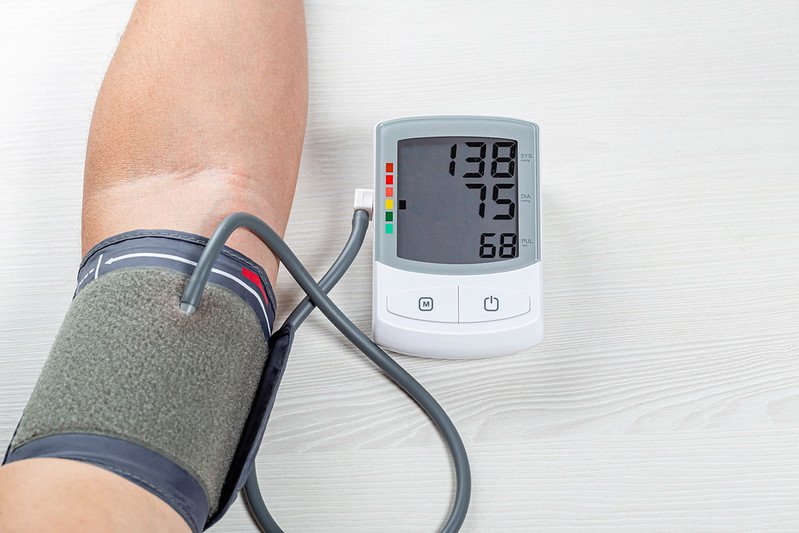Table of Contents Show
Digital pressure gauges are your best bet to check and maintain the correct pressure in manufacturing units.
For example, it is essential for pharmaceutical companies to maintain a pressure differential of 10-15 Pascal’s between the manufacturing area and normal pressure around its surroundings. The digital pressure gauges help maintain the required pressure.

Several types of digital pressure gauges are available in the market designed for various applications. Here are some tips for choosing the best electronic pressure gauges.
Range and Accuracy
The accuracy is an essential factor when choosing a pressure gauge. A digital pressure gauge can have a wide range of 0 to 2000 PSI with 2000 digital counts.
Experts mention though digital pressure gauges are known for their accuracy, they have two counts of error per 2000 digital counts. It means they offer a 0.1% minimum linear accuracy.
When selecting an electronic pressure gauge, look at the range and accuracy provided in the list of specifications and make sure it meets your requirements.
Materials
The materials used for construction are crucial when selecting a pressure gauge. Ensure the DPG materials or the polymers used in constructing pressure gauges are compatible with the processes and the medium used for application.
Features
Though the digital pressure gauge measures pressure, the device comes with additional features in a manufacturing environment. For example, some of the features of pressure gauges can have alarm switches, temperature compensation, temperature outputs, and output switches compatible with TTL (transistor-transistor logic).
Some pressure gauges also have negative pressure outputs that measure differential pressure. Digital pressure can also generate different signals like analog current and analog voltage.
The pressure gauge also generates signals that can be encoded via frequency modulation (FM) and amplitude modulation (AM) and a few other modulation schemes like pulse train and sine wave.
Other features in electronic pressure gauges are communication protocols like DeviceNet, Fieldbus, and Ethernet. The pressure gauge also comes with serial and parallel interfaces.
Environment
The pressure gauge comes with an Ingress protection rating. It is defined in the IEC 60529 document that classifies and offers a guideline to the degree of protection provided by the metal casings of the device.
The Ingress Protection rating also specifies the casings protection of electrical enclosures against dust, intrusion, accidental contact, and water.
The pressure gauge also has hazardous location ratings, generally Class I, II, and III. Class I refers to locations where flammable gas or vapor may be present in sufficient quantities to cause an explosive atmosphere.
Class II refers to locations conducive to combustible dust that can cause fire or explosive hazards. Class III refers to an area where easily ignitable fibers are present in sufficient quantities that present a serious fire risk.
Ensure the Ingress protection rating and hazardous location rating of the digital pressure gauge are compatible with your application.
Connection Compatibility
The pressure gauges have various connection sizes like ⅛-inch NPT, ¼-inch NPT, and ½-inch NPT. Some countries also use parallel threads like the NPSM connectors. While selecting a pressure gauge, make sure the pressure gauge connections are compatible with the other equipment and connections.
To be safer, you should look for connections types in your unit and choose a pressure gauge with a matching connection type.
To sum up, you need to consider these factors when choosing the best digital pressure gauges.









